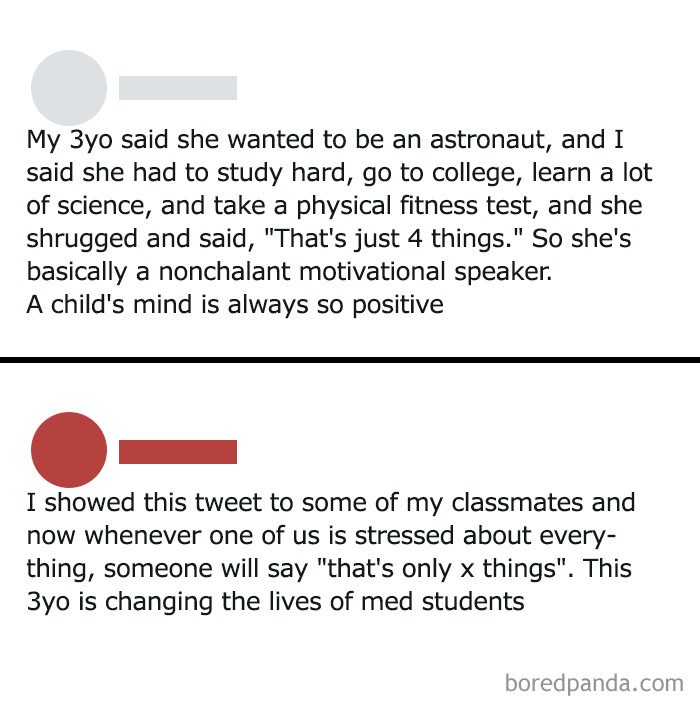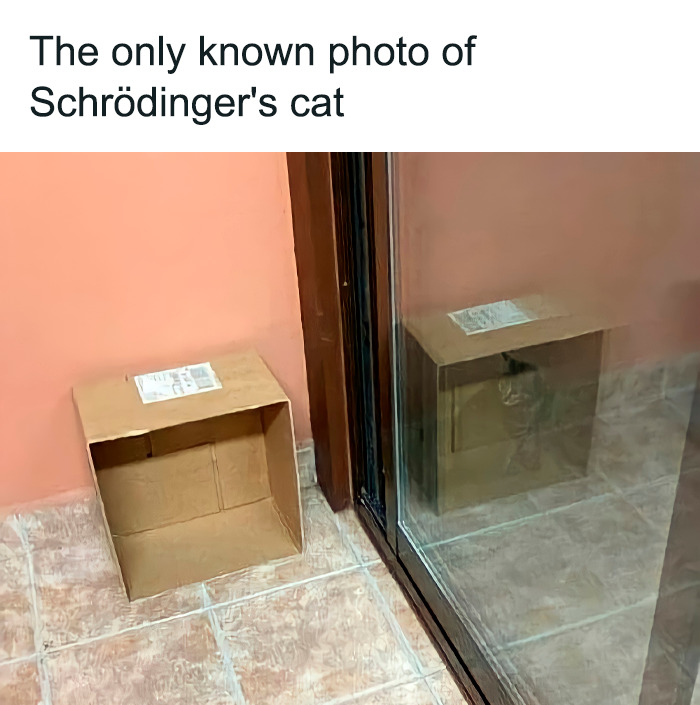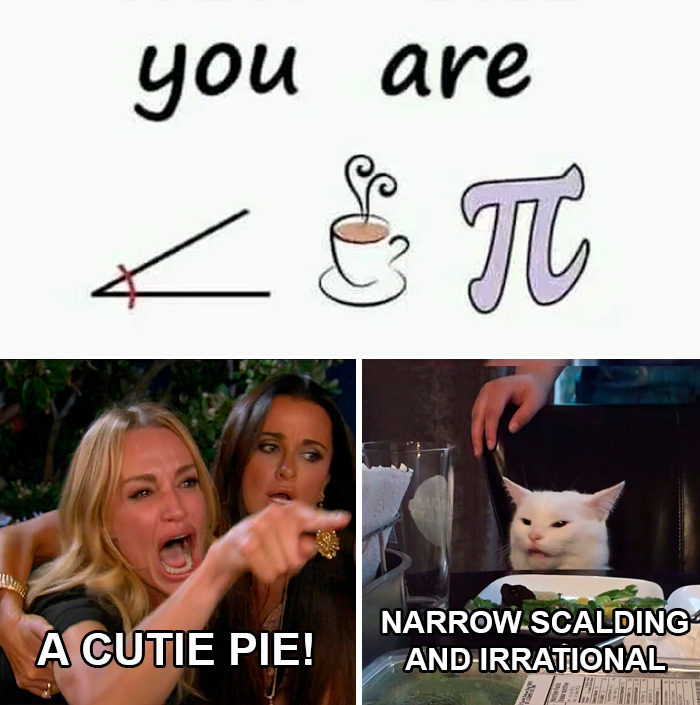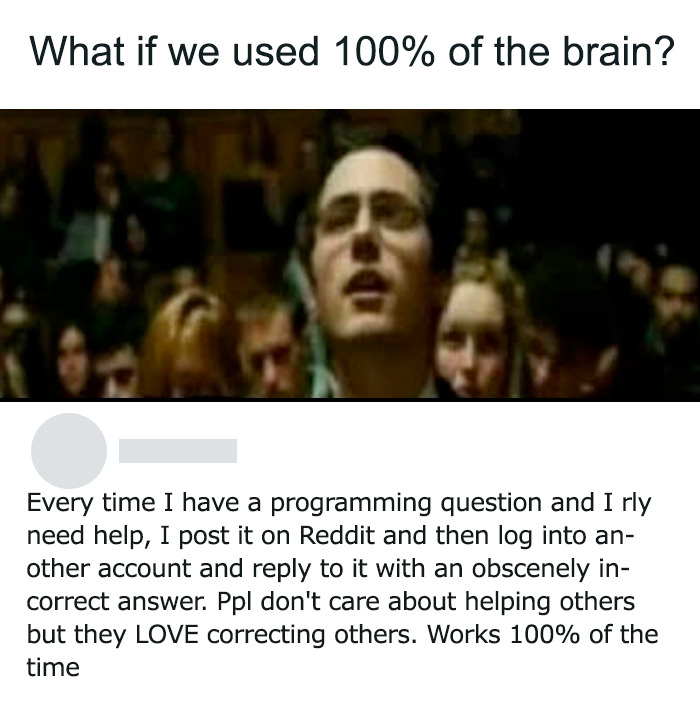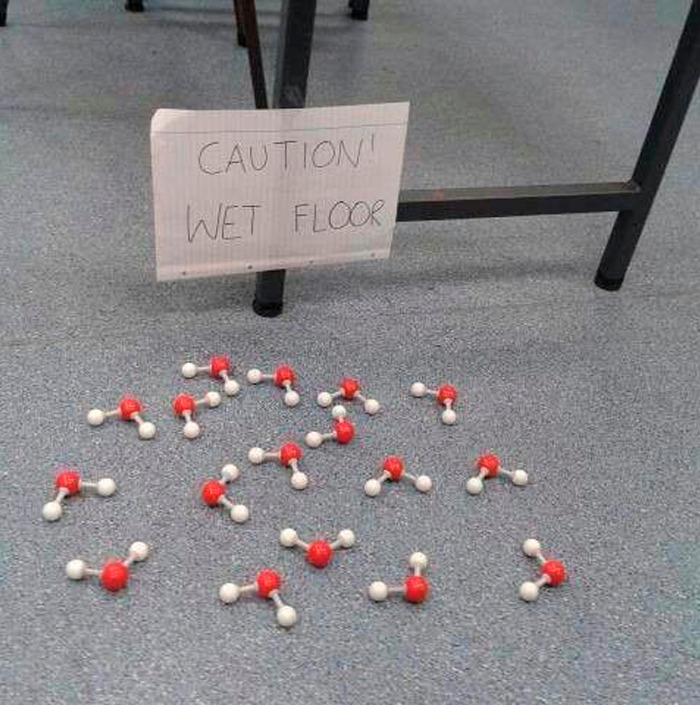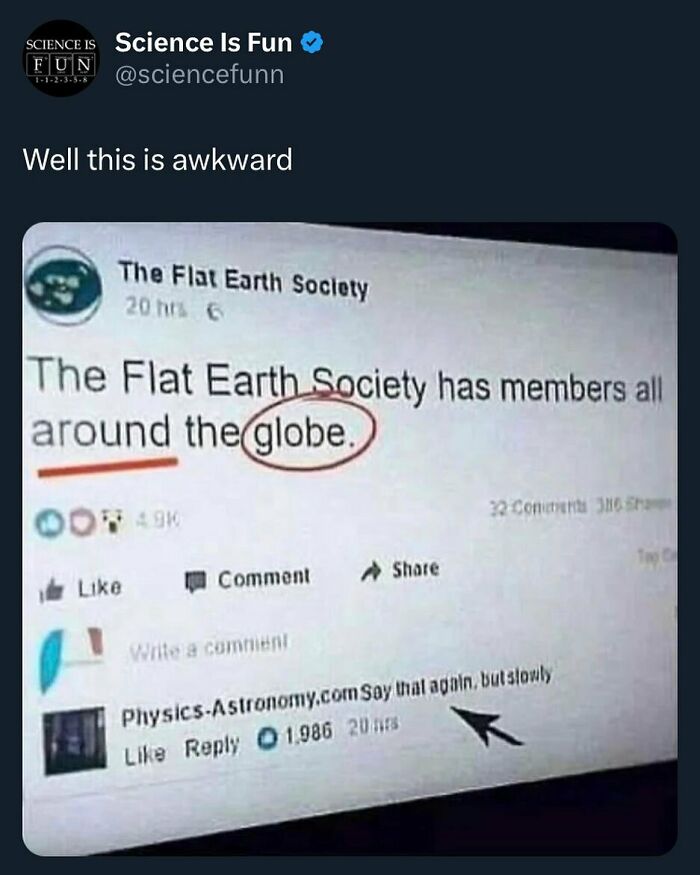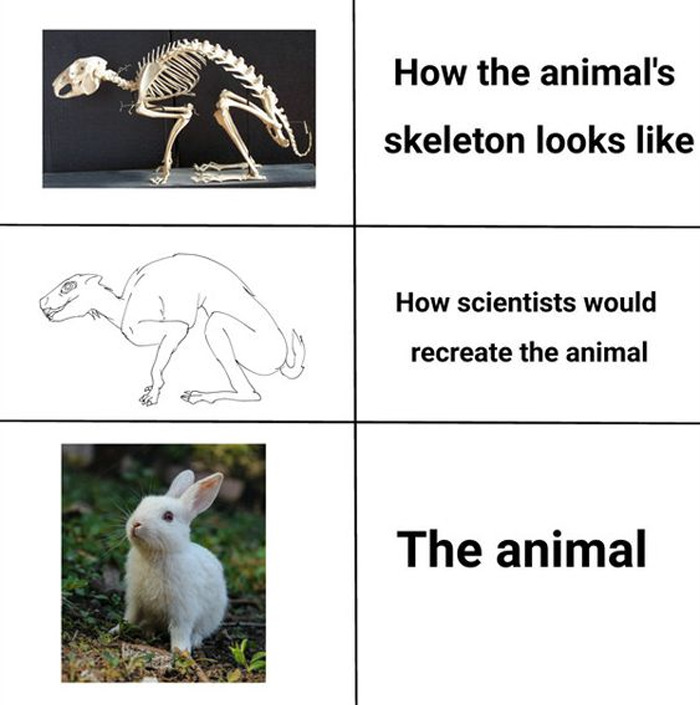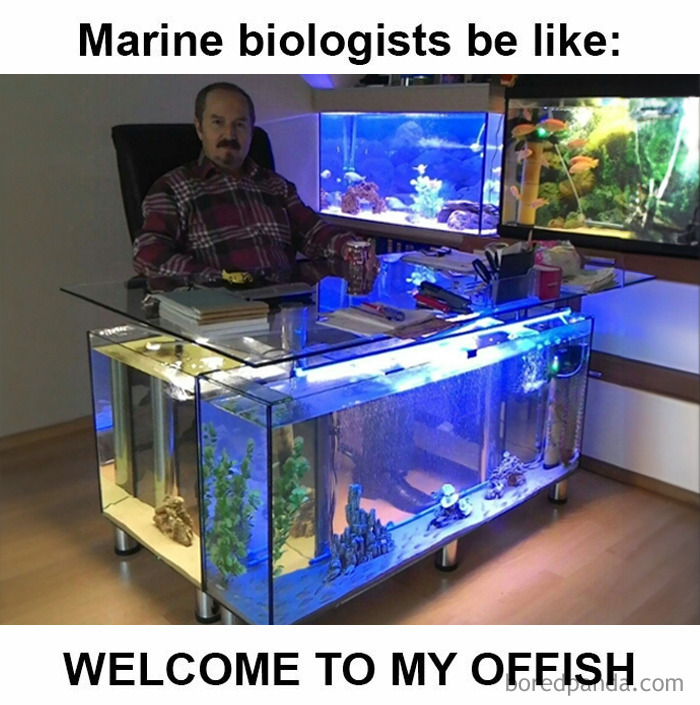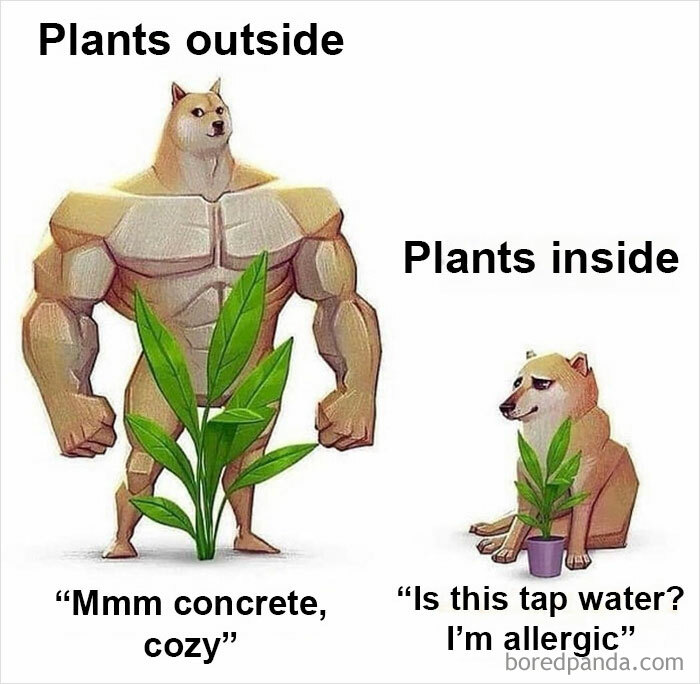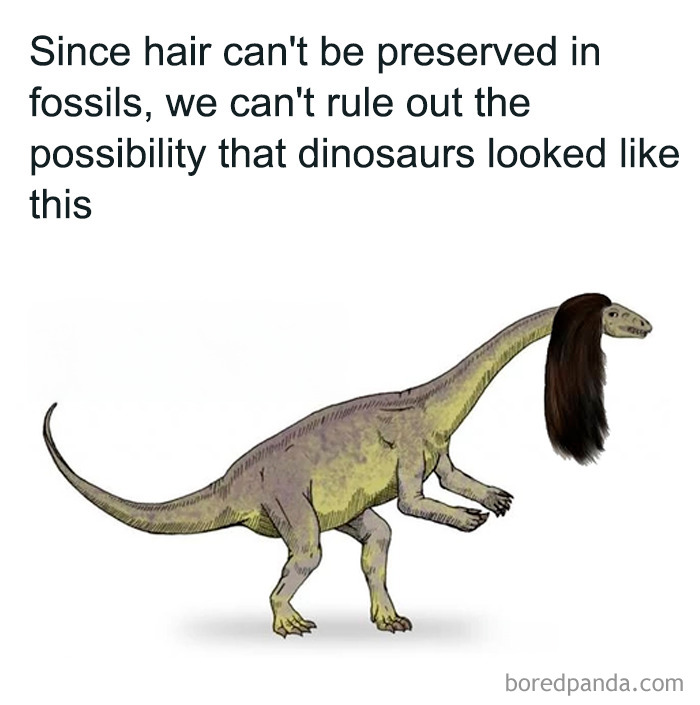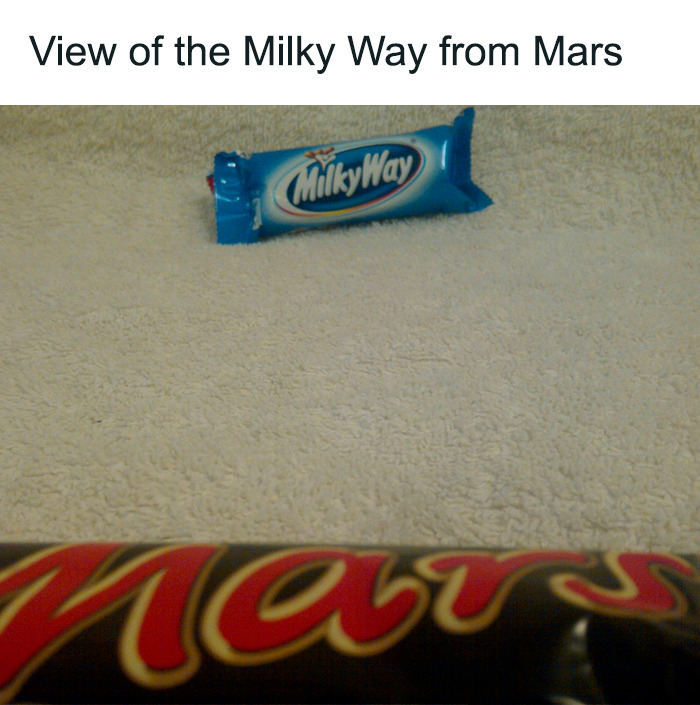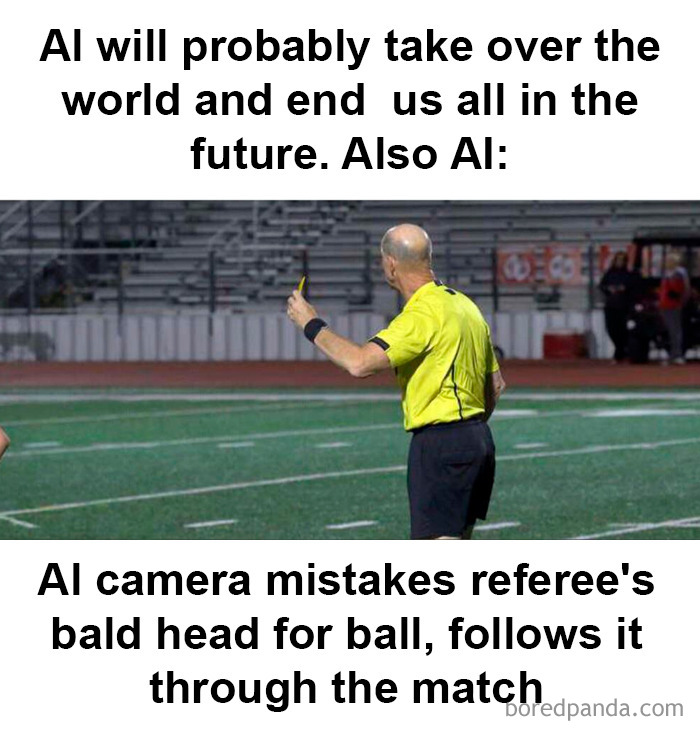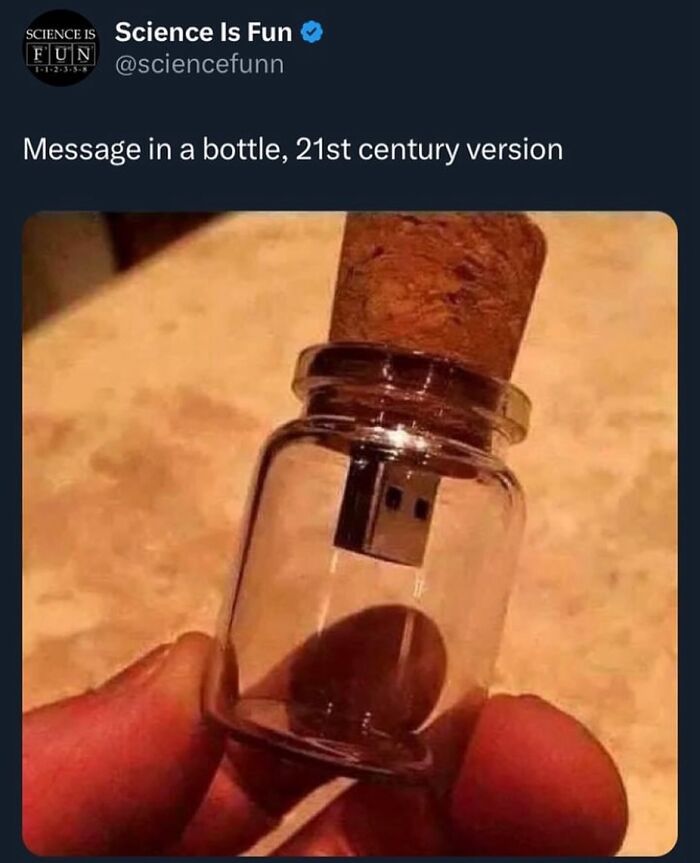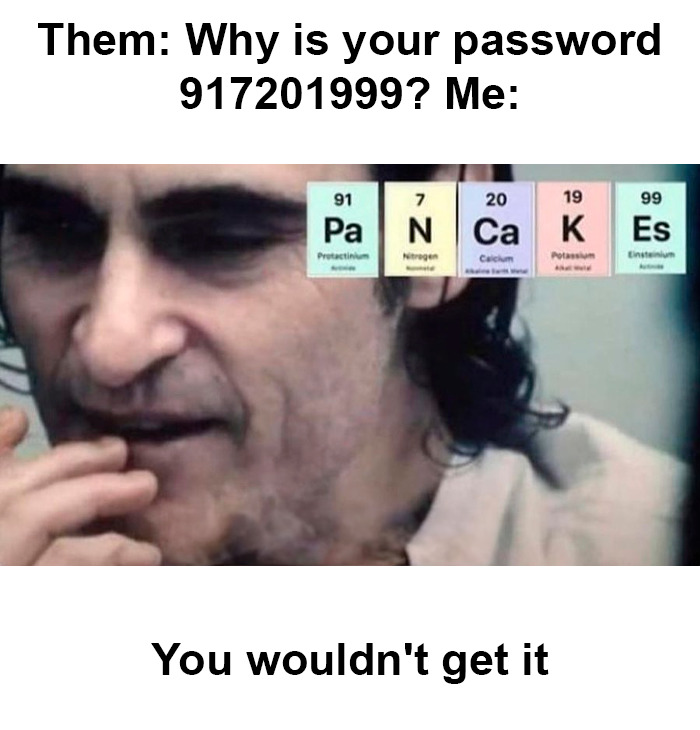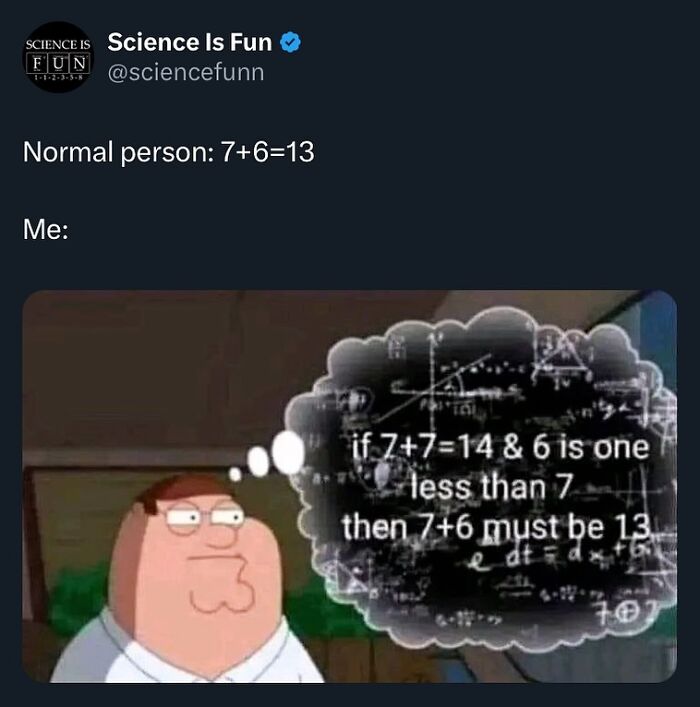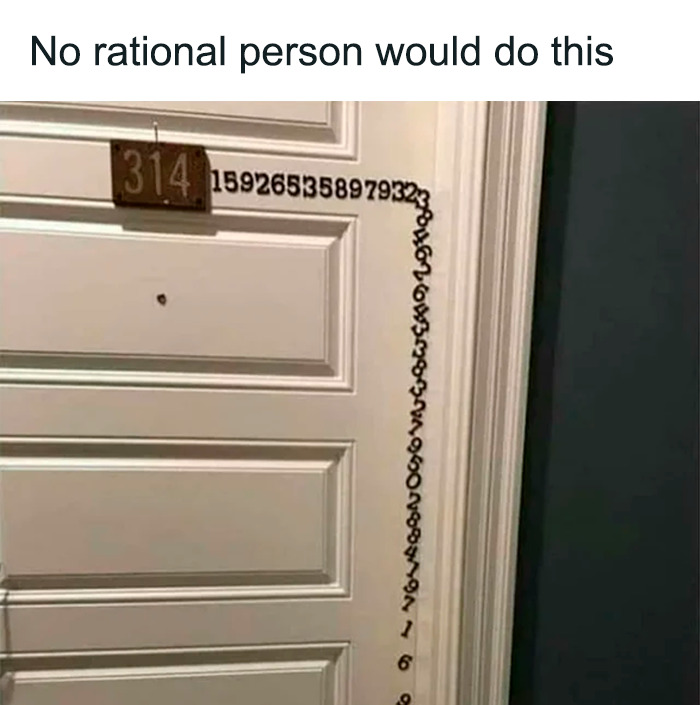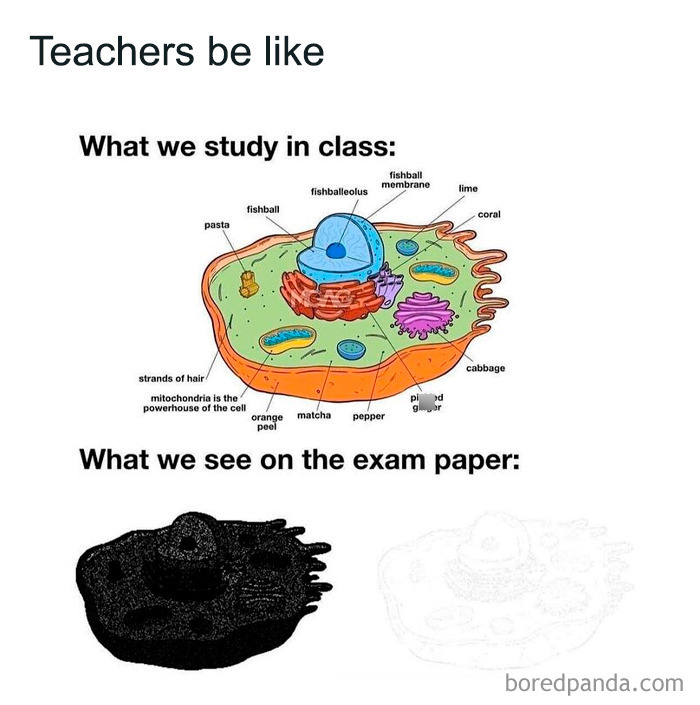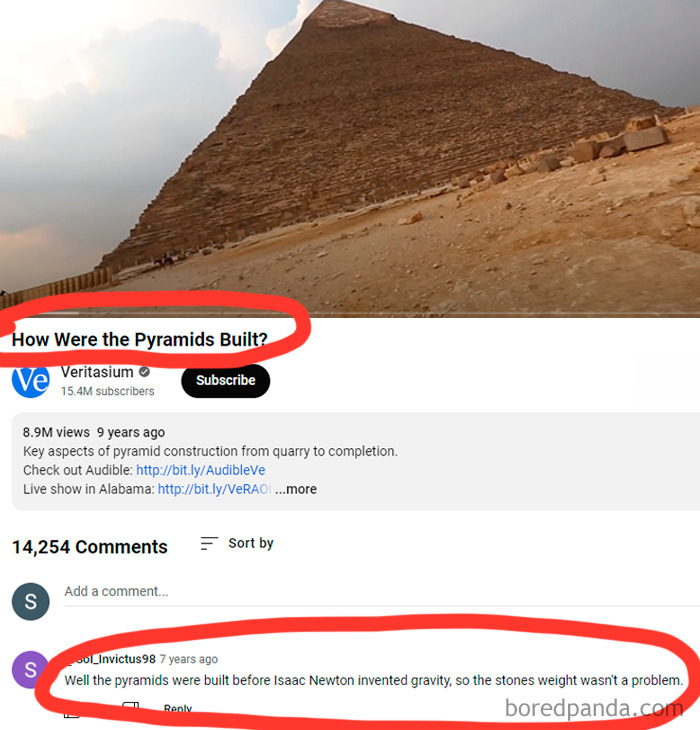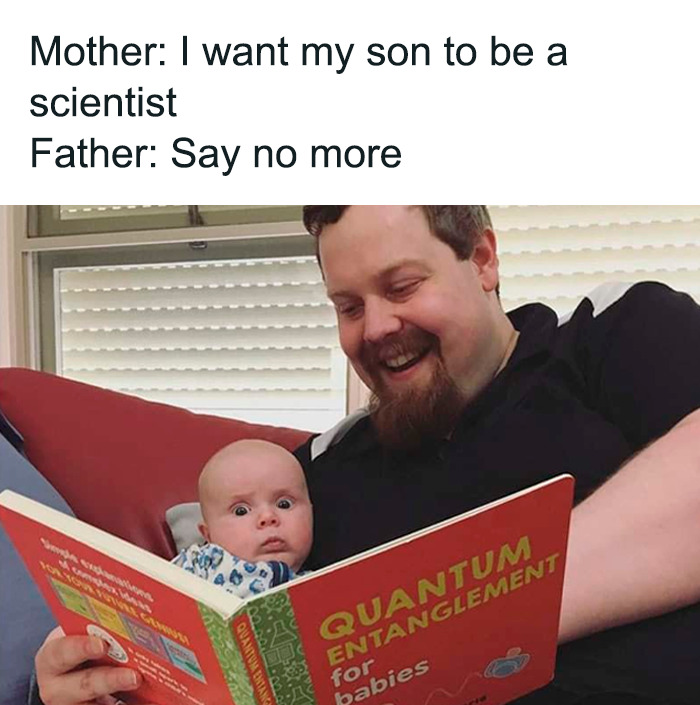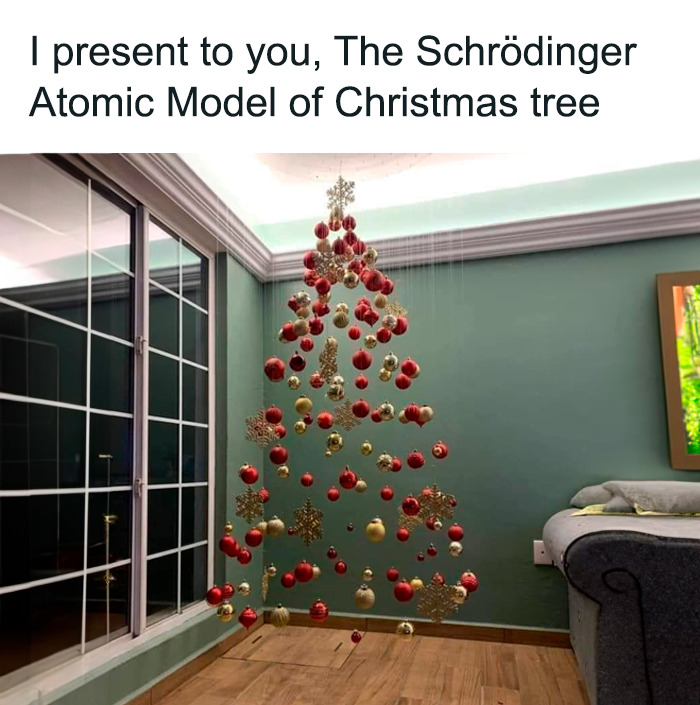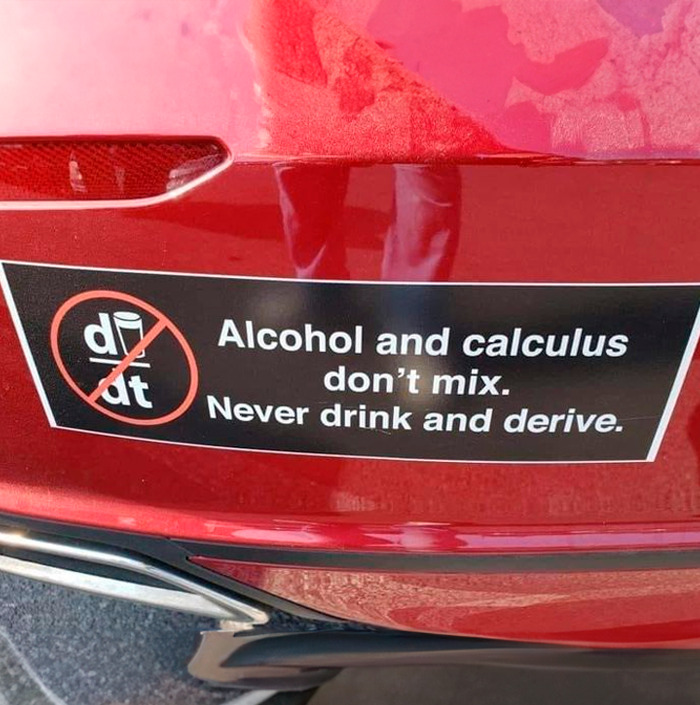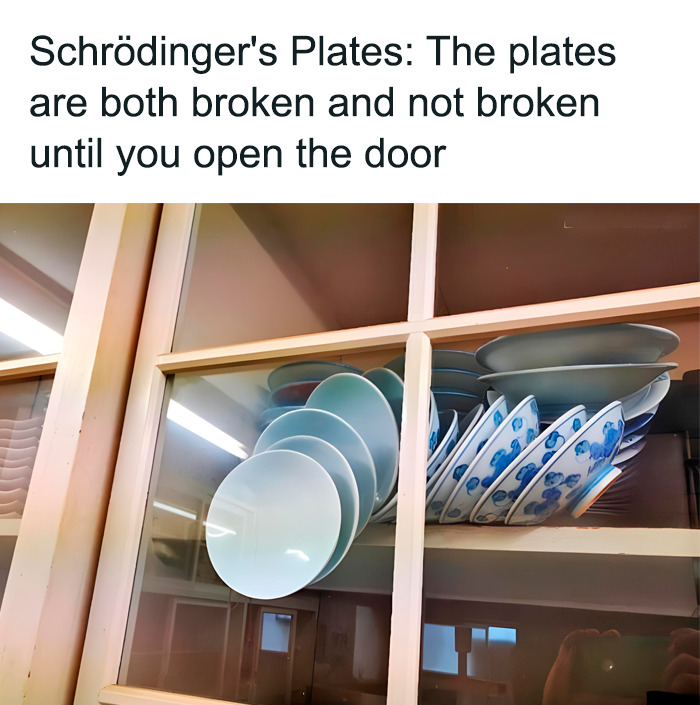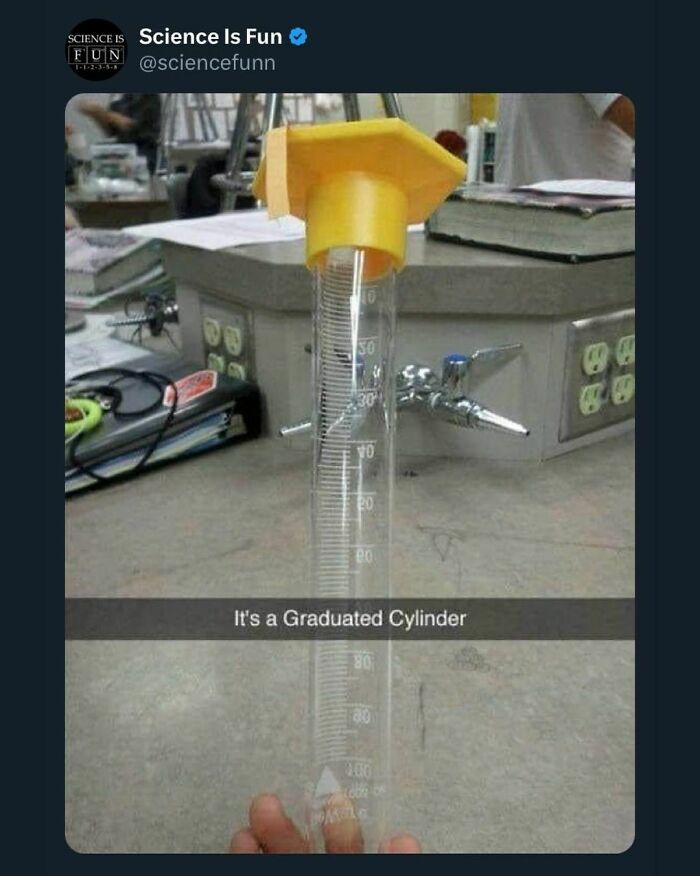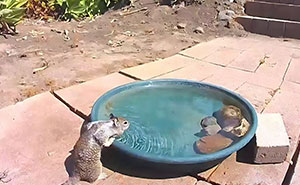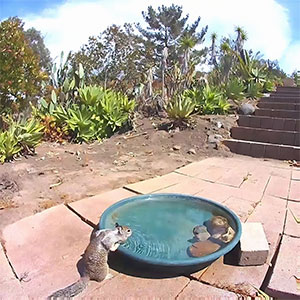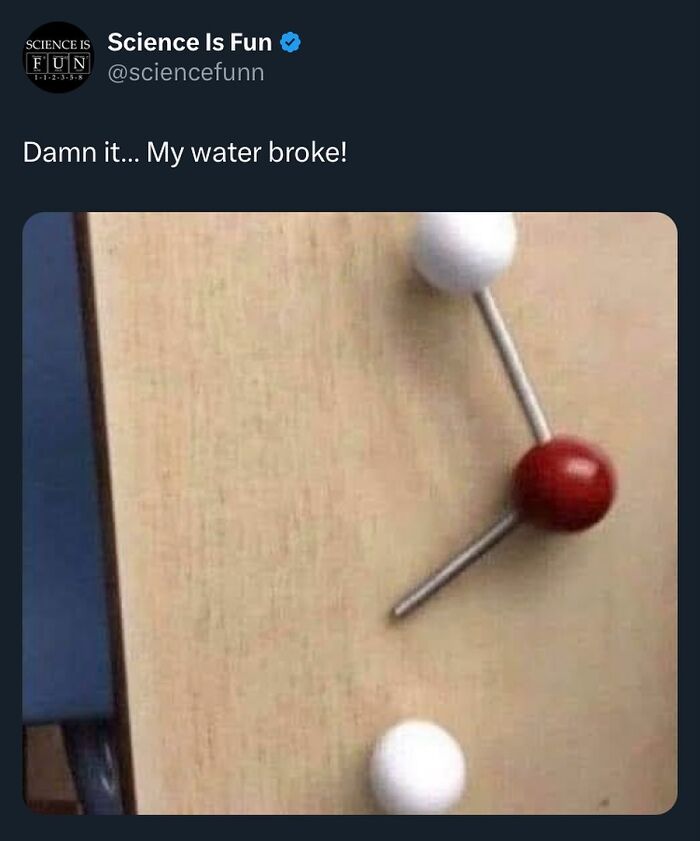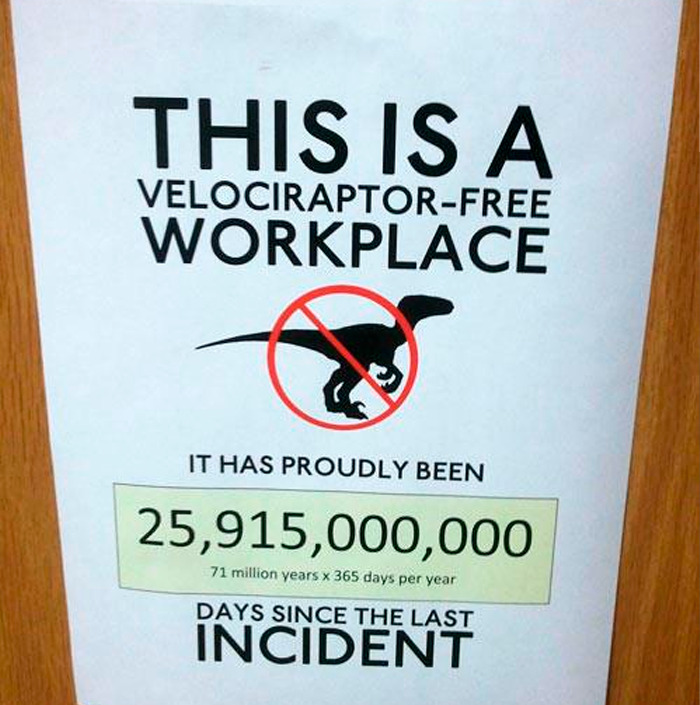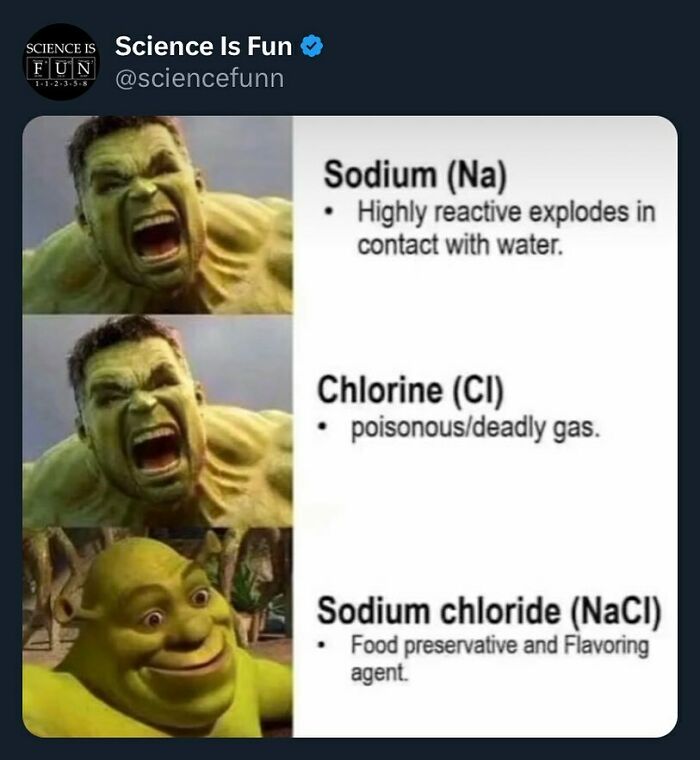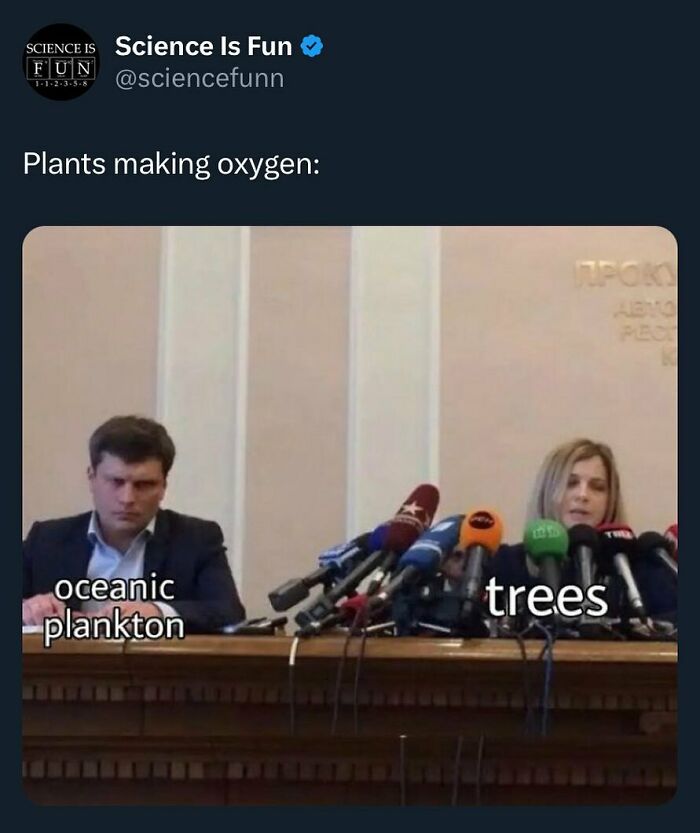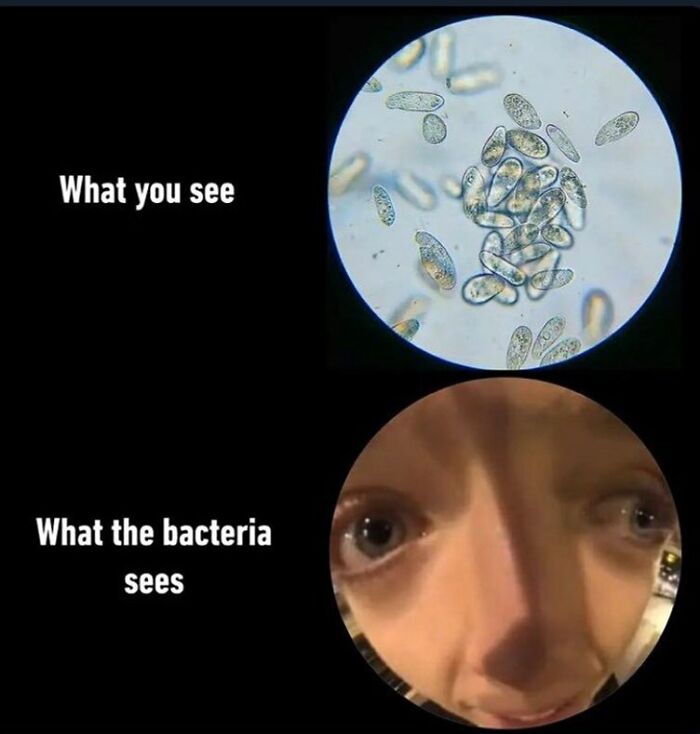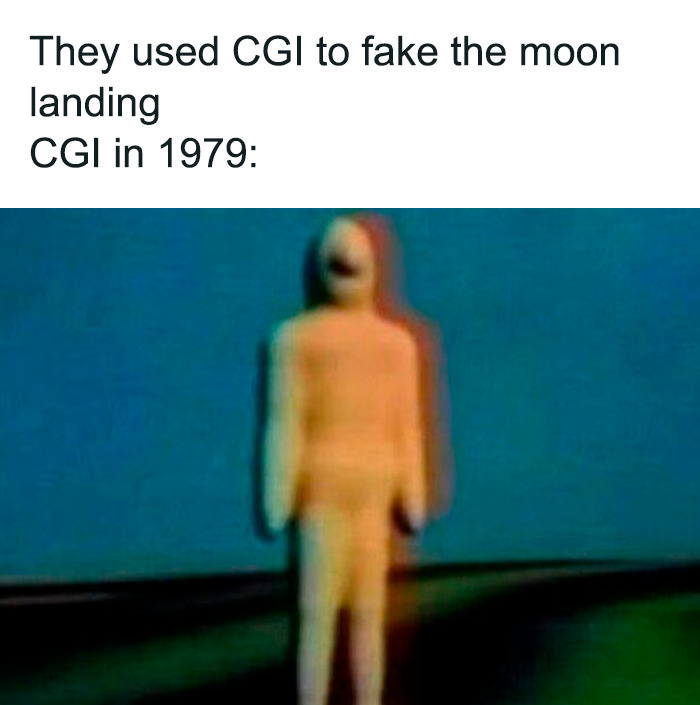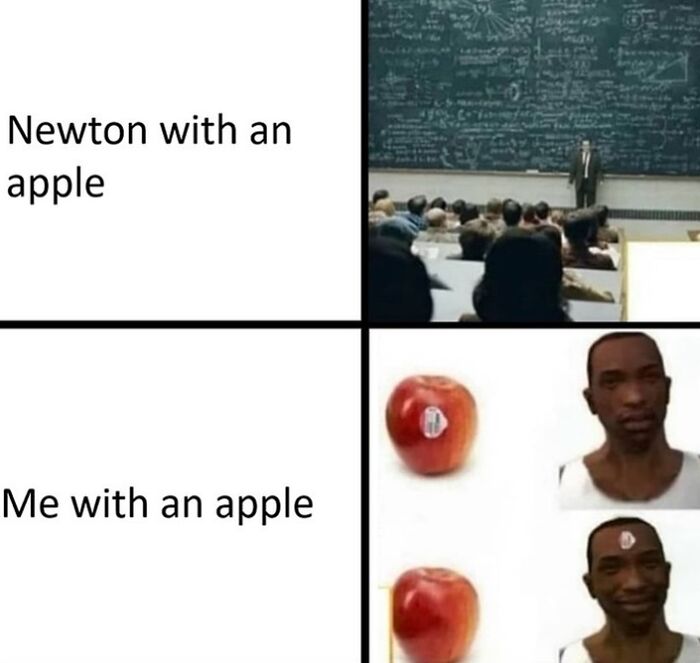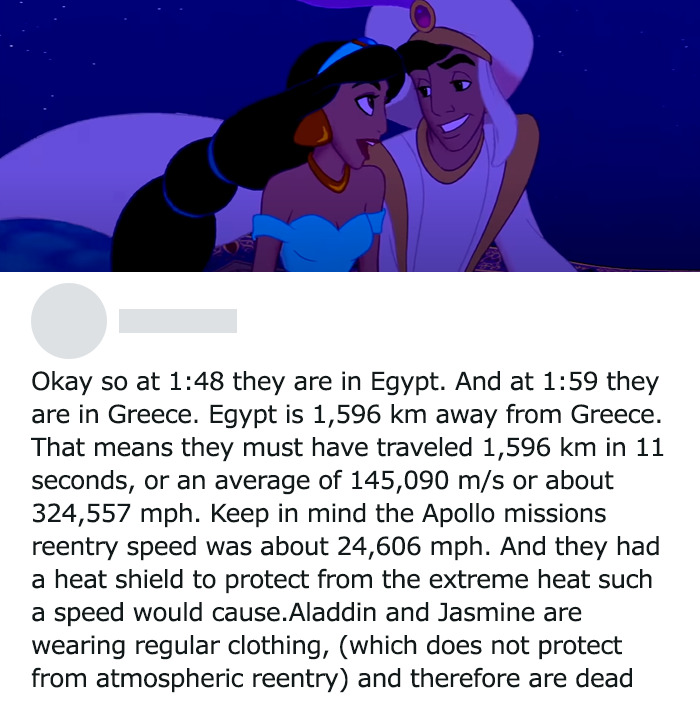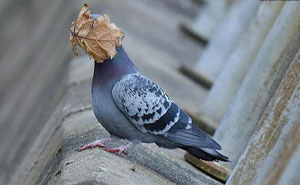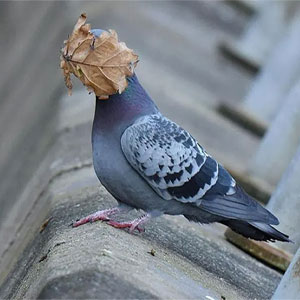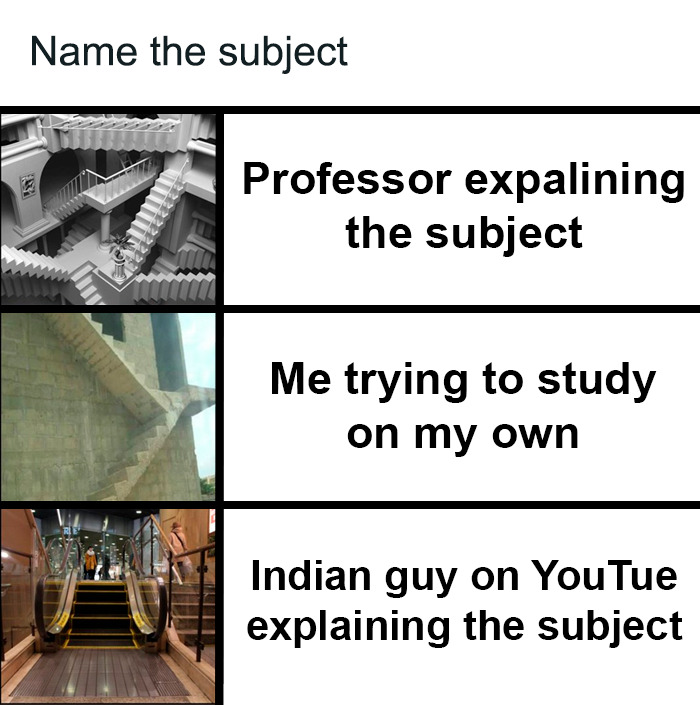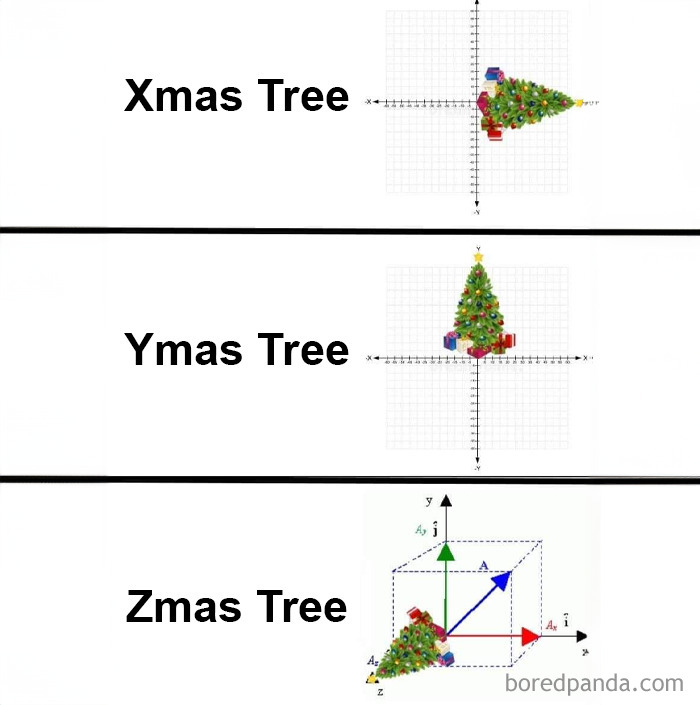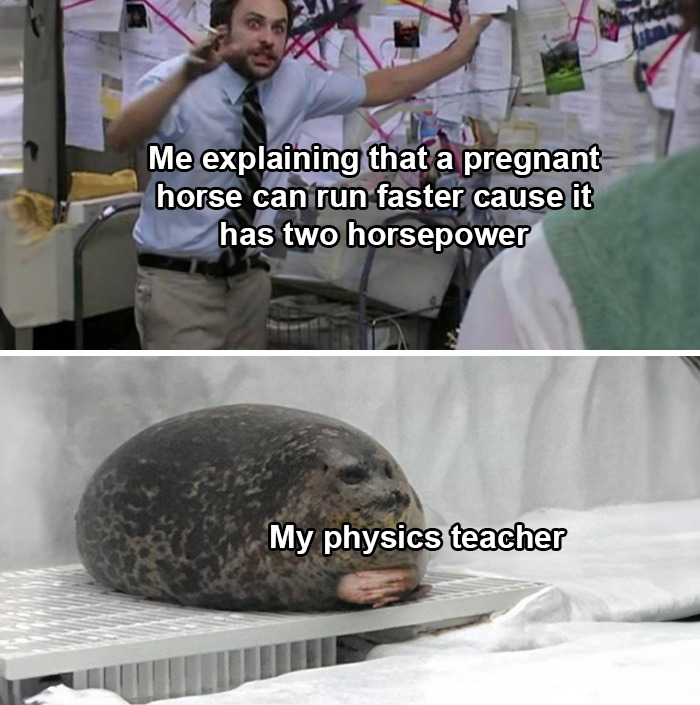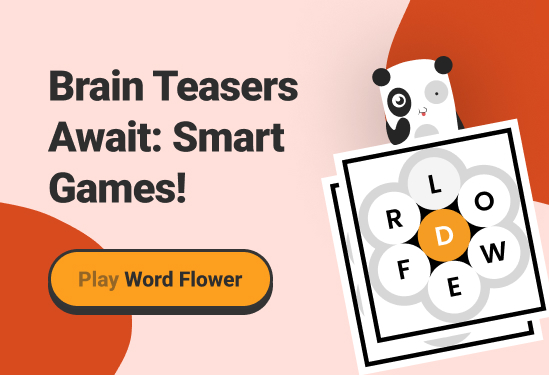‘Science Is Fun’ is a very popular Instagram account that shares some of the most funny and witty science-related memes ever. We’ve collected some of the best ones to share with you. Scroll down to check them out! Pssst, Pandas, be sure to send your fave memes to your smartest friends, too. They could probably use a break. Bored Panda got in touch with Tomas, the founder of ‘Science is Fun,’ and he was kind enough to answer our questions. We spoke about the inspiration behind the account, what sets great memes apart from the rest, and how science can be popularized in society. Check out our full interview below. More info: Instagram | Twitter | YouTube According to Tomas, the account had its fair share of ups and downs over the years due to the changes in Instagram’s algorithm. It also went through different phases, experimenting with different balances between science memes, facts, and news. “The goal still remains the same: to popularize science in a way people might find it interesting.” “When the meme requires some (but a low) level of education, there is a chance it will make more sense for the majority of the audience.” Aside from making people laugh, memes can also make the audience feel educated or like they relate to the situation described in the meme. On top of that, some memes can evoke a deep sense of nostalgia, too. “These emotions can be more powerful than laughter itself. And combining more emotions with having a low education requirement for the post can cause the post to go viral.” From his perspective, the best step is “showing them that science is actually really fascinating and logical.” He added: “I believe showing people that learning about science is basically learning about our world, laws of nature, laws of our very own existence and our essence.” For the freshest science memes, facts, and news, be sure to follow ‘Science Is Fun’ on Instagram! ‘Science Is Fun’ has a massive presence on the internet and social media. On Instagram alone, its account is followed by 1.9 million people. What’s more, the project has 21.2k followers on X (formerly Twitter) while 1.2k internet users have subscribed to its YouTube channel. The project, which was initially created nearly 6 years ago, isn’t just focused on memes (though they are hilarious). It also shares news and facts that many science lovers are going to enjoy. In short, as things currently stand, these LLMs are still relatively in their early days and make too many mistakes to be trusted blindly, which can lead to bad science. The human element in scientific research and writing research papers might never fully go away. In a study, Melissa Kacena, the vice chair of orthopedic surgery at Indiana University School of Medicine, found that even though articles written by ChatGPT were easier to read than those of students, up to 70% of their cited references were inaccurate or outright made up. The AI-written articles were also more likely to be plagiarized. According to Time, AI is only as good as the information it receives. For example, AI tools might be more efficient in processing scientific data and use better grammar than people, but the style of language that it defaults to might be completely at odds with the type of article that’s being put together. Overly flowery language might not be the best fit for top-tier science journals. “I think ChatGPT is here to stay, and figuring out how to make it better, and how to use it in an ethical and conscientious and scientifically sound manner, is going to be really important.” “Editors are not fulfilling their roles properly, and peer reviewers are not doing their jobs. And some are being paid large sums of money. It is deeply worrying,” Professor Alison Avenell from Aberdeen University commented. We’d love to hear your thoughts on everything. If you have a moment, drop by the comments to share your take. Follow Bored Panda on Google News! Follow us on Flipboard.com/@boredpanda! Please use high-res photos without watermarks Ooops! Your image is too large, maximum file size is 8 MB.



